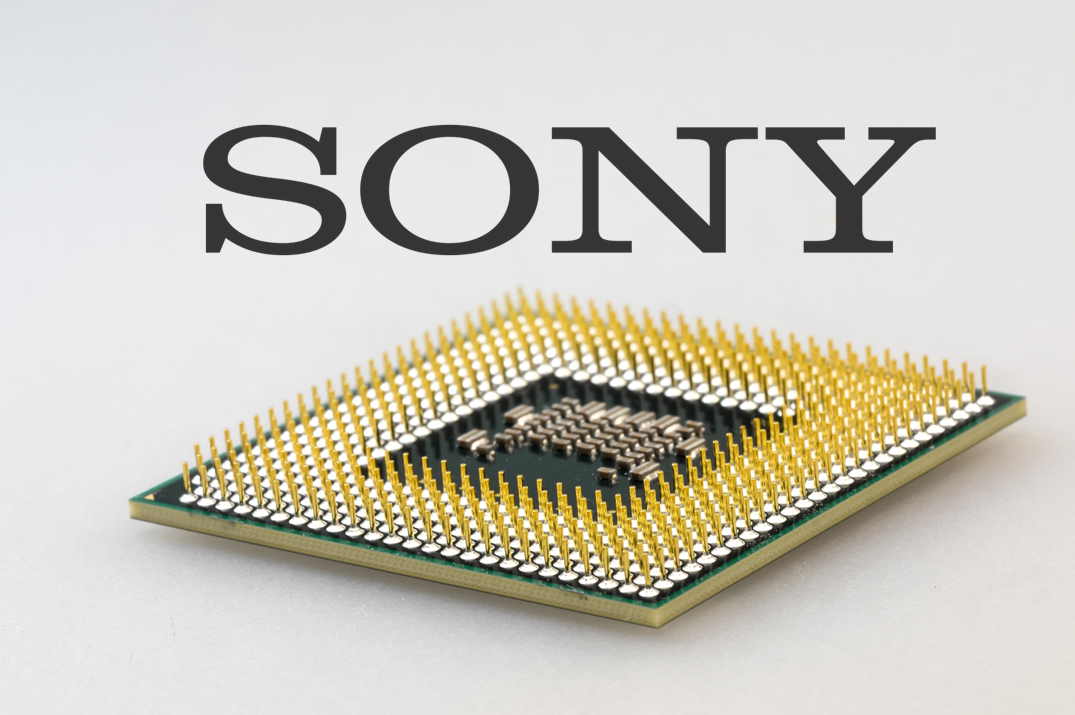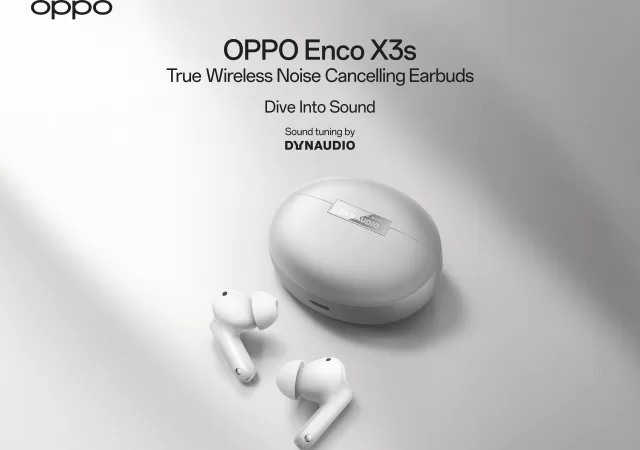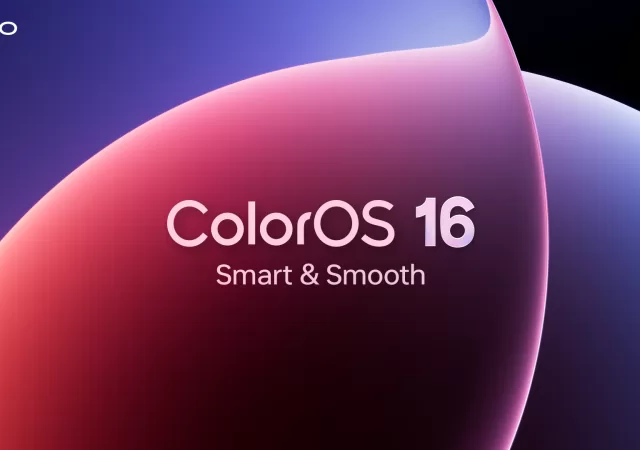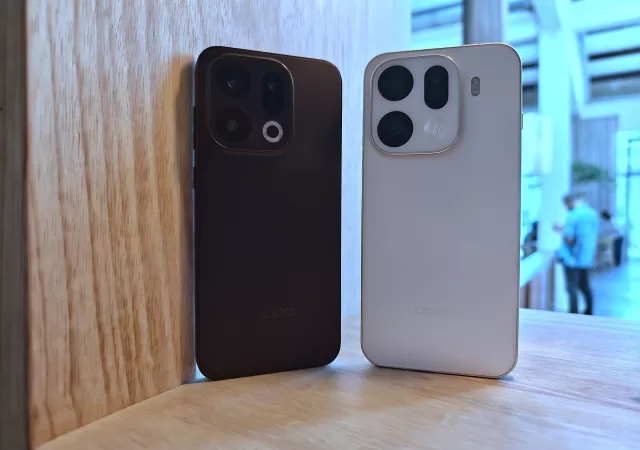Sony has broken ground in chipset manufacturing by announcing its new, ultra-low power ALT1350 Chipset.

Developed by Sony Semiconductor Israel (Sony), the new ALT1350 chipset is the world’s first cellular LTE-M/NB-IoT solution which enables both LPWA communication protocols and satellite connectivity. CEO Nohik Semel believes the ALT1350 is a game-changer and satisfies increasing market demand for multiprotocol, ultra-low power IoT chipset.
Sony claims the ALT1350 asthe most advanced IoT solution available and addresses service providers main concern; power consumption. The platform features an optimized standby mode (eDRX) that reduces power consumption by 80% compared to the current generation. This can improve battery life by up to 4 times, allowing additional functionality and smaller form factors for future devices.

The ALT1350 brings new innovation to connectivity too. It’s sub-GHz and 2.4GHz integrated transceiver enables hybrid connectivity. This reduces power consumption and costs when connecting to smart meters, smart cities, trackers and more, while enhancing coverage. To benefit trackers further, there is both cellular and Wi-Fi-based positioning along with power-optimized concurrent LTE and GNSS. Furthermore, the chipset will operate with 5G networks and contains an additional LPWA radio transceiver with targeting operation in <1GHz and 2.4 ISM bands for truly universal connectivity.
As summarized expertly by Nohik Semel himself, the ALT1350 is “…the game changer we’ve been waiting for, which will enable IoT deployments, utilizing universal connectivity on edge processing and multiple location technologies”.






